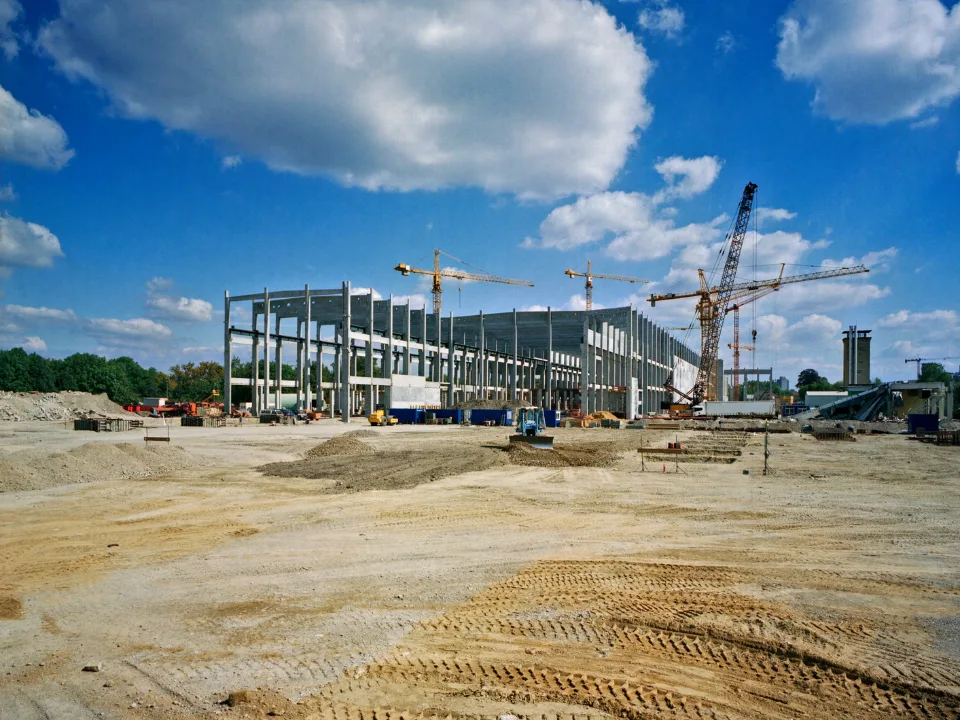- Mayor Eric Adams is reducing New York City’s municipal office footprint, driven by a smaller workforce and cost-saving measures.
- The plan could save the city at least $44M through 2028, but has drawn criticism from city leaders concerned about service delivery impacts.
- Adams is also asking agencies to explore repurposing underused city-owned properties for housing as part of broader efficiency efforts.
New York City Mayor Eric Adams is quietly rolling out plans to reduce the city’s municipal office space, signaling a shift towards a smaller workforce and an emphasis on cost savings, as reported in Politico.
Diving Deeper
The initiative, led by the Department of Citywide Administrative Services (DCAS), aims to address underutilized office space across multiple city agencies.
The move reflects the reality that the city’s workforce is not growing as expected pre-pandemic, with budget documents showing a roughly 10K-person drop in projected headcount since before COVID-19 disrupted work patterns.
Jesse Hamilton, a longtime ally of Adams and head of DCAS’s real estate division, is spearheading the project, which is being described internally as a “mayoral priority.”
Cost Savings
Although early in the planning stages, the task force is already gathering data from agencies to identify areas for consolidation. DCAS spokesperson Dan Kastanis confirmed that the department is evaluating office space to maximize effectiveness but did not provide specific details about the plan.
According to city budget documents, office consolidation is projected to save at least $44M across eight agencies by fiscal year 2028. More agencies have been asked to assess their office space needs, and several, including the departments of social services, fire, and law, expect to see savings.
Political Risks
Despite these potential savings, however, the plan is politically risky for Adams. The city’s largely unionized municipal workforce, which numbers over 300K, forms a key part of his support base.
City Council members are also concerned about the implications of cutting so much office space. Council Member Diana Ayala highlighted fears that consolidating offices could make it harder for New Yorkers to access critical services and public assistance.
The initiative is also expected to draw further criticism from the City Council, which has had an increasingly strained relationship with the mayor. Council spokesperson Julia Agos expressed frustration over the lack of communication from the administration.
Long-Term Trends
The Adams administration’s decision to downsize comes after a push to bring private and public employees back to in-person work, although concessions have been made for partial remote employment under labor agreements.
The planned reduction also reflects a broader trend in the city’s workforce.
Budget documents reveal that the Adams administration expects the municipal workforce to shrink to around 323K full-time employees by 2028, down from nearly 327K in June. This is a significant drop from the 332K employees under former Mayor Bill de Blasio in 2019, who projected continued growth in the years following his tenure.
In addition to cutting office space, Adams is asking city agencies to identify other underutilized city-owned properties, such as parking lots and garages, that could be repurposed for housing.
















